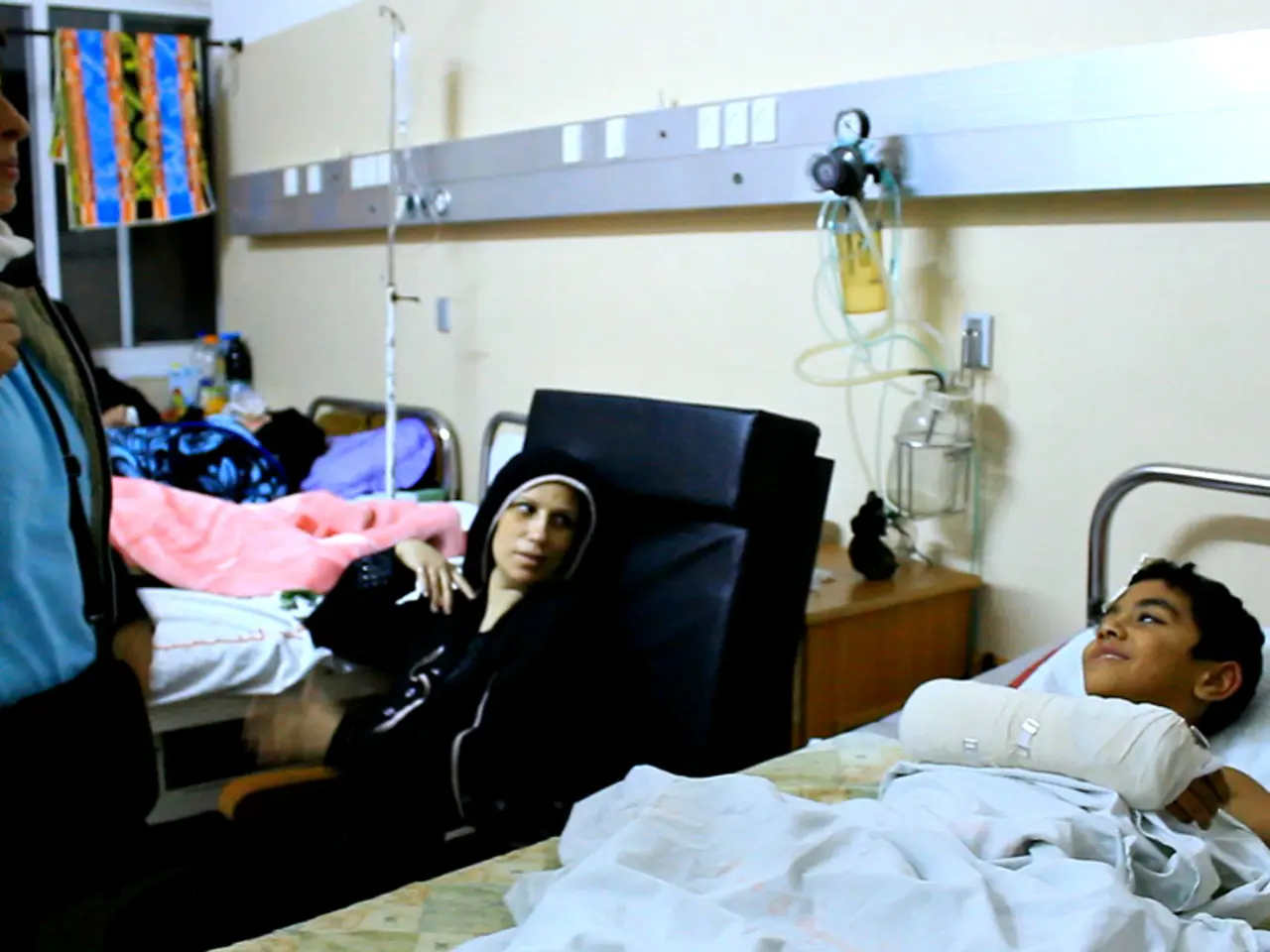Inadequate number of medical schools exacerbates shortage of medical professionals
Uneven Distribution of Medical Study Places Worsens Doctor Shortage in Germany
The distribution of medical study places across German federal states is contributing to the overall doctor shortage in the country, as regions with fewer study places produce fewer doctors, leading to local shortages.
According to the Center for Higher Education Development (CHE), private universities offer around 1,500 places for new students each year. Saarland and Mecklenburg-Vorpommern have the most medical study places per 100,000 inhabitants for first-year students, with 29 and 26 respectively. In contrast, Brandenburg and Bremen currently have no state-funded study offer for future doctors.
In the study year 2024, North Rhine-Westphalia had the most first-year students starting human medicine with 2,334. Regions with medical faculties tend to have a relatively high doctor density, further highlighting the importance of medical study places.
The uneven distribution of medical study places is due in part to Germany’s federal system, which grants states autonomy over education policies. This results in variations in the number of medical study places and how health workforce planning is conducted at the state level. This decentralized education system presents challenges for states with fewer medical study spots to meet local doctor demand, contributing to unequal healthcare access.
The shortage of medical professionals cannot be alleviated with the number of students studying medicine abroad, as at least 9,100 men and women from Germany are also studying medicine abroad. The newly founded Medical University of Lausitz is set to begin operations in the winter semester 2026/27, which may help address some of the regional imbalances in clinical medical education capacity.
The high costs of medical faculties are likely the main reason for the different engagement of the federal states in medical studies. The annual costs per person in the field of human medicine/health sciences are approximately 25,000 euros, according to the Federal Statistical Office. Despite numerous appeals from politics and medicine, the number of medical study places is not sufficient to address the shortage of medical professionals. The number of medical study places has only increased slightly over the past nearly ten years, from around 9,000 to about 10,000.
Some federal states, including Saxony-Anhalt, Hamburg, Hesse, and Berlin, have a relatively good outlook for medical study places. However, the chances of securing a medical study place in Germany are slim, with around 20,000 applicants not receiving a place for the winter semester 2024/25. For the winter semester 2024/25, around 10,000 first-year students secured a medical study place at a university.
Coordination between federal states for medical education expansion and redistribution of training opportunities is essential to mitigate this doctor shortage. The Center for Higher Education Development (CHE) has found that regions with more medical students also have better medical care, emphasizing the need for a more balanced distribution of medical study places.







